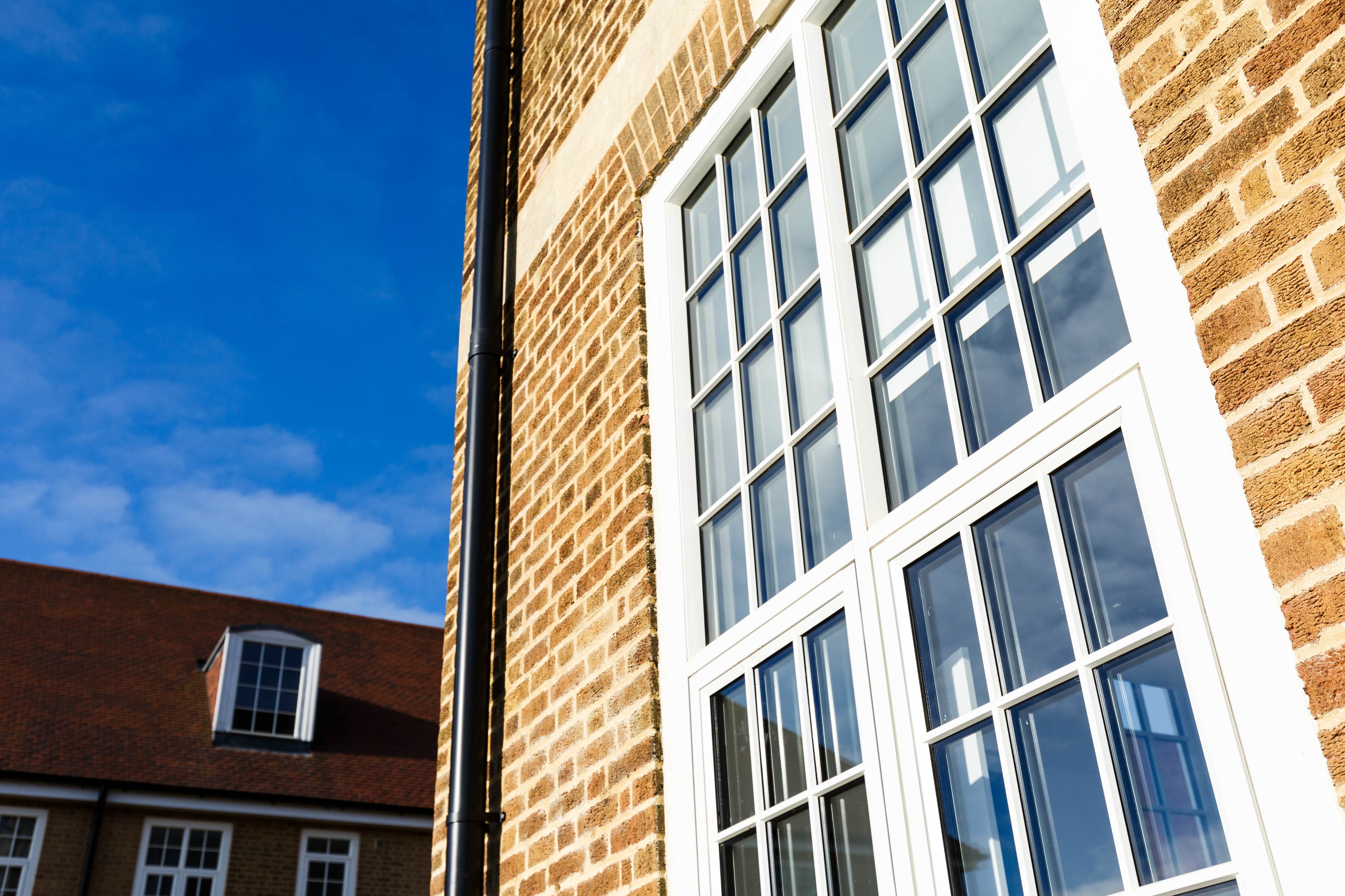Dear Editor,
‘Traditional timber looks, without the cost or maintenance!’ – in a nutshell, that’s the message coming from the ‘timber-alternative’ market.
But it’s wrong. Even the best, most detailed uPVC products can’t convincingly pass for wood – and modern timber is a stunning, long-lasting, high-performing window material.
So why are so many installers settling for second best?
Once, timber products were far from perfect. They were made of softwoods, susceptible to rotting and warping when exposed to the elements, and genuinely did require regular maintenance to keep in good condition.
But that was decades ago. Joinery has come on leaps and bounds in the time since – and modern wood windows offer an amazing opportunity for installers to appeal to aspirational end users, improve their margins and grow their businesses.
Modern timber fabricators use laminated, engineered timber, which is far stronger and much less prone to deforming than the softwoods used in the past.
It means timber windows don’t require huge amounts of upkeep. In fact, all it takes is a light sanding and re-coating once every ten years to keep them in top condition.
And factory-finished wood windows and doors offer much better long-term value than any of the alternatives. A typical uPVC window has a lifespan of just thirty years. A modern timber window will last as long as sixty years.
Many homeowners and installers have also been led to believe that uPVC is the most thermally efficient, environmentally friendly option on the market.
This is false. A unit’s energy efficiency is determined by the glass, not the frame – and far from being the greenest option available, uPVC is actually the worst polluter among window materials. Making a uPVC window pumps 160kg more carbon dioxide into the atmosphere than making a timber one does.
What about uPVC in conservation areas? Isn’t it true that high-end plastic products have been accepted in a number of conservation areas, and offer a much cheaper alternative to genuine timber replacements?
Firstly, the price difference between a high-end timber-alternative window and a genuine timber one can be as little as 10%.
And while it’s true that timber-alternative products have been cleared for use in a small number of conservation areas, in the vast majority of cases uPVC doesn’t make the grade.
A timber-alternative window might have a mock run-through sash horn, for example – but that’s just a standard piece of plastic. It might look nothing like the design of horn that the town’s local joiner used to make in the nineteenth century, and that’s therefore on every historic window in the area.
It’s that level of attention to detail that conservation officers are looking for – and that’s exactly the sort of service we provide at West Port
Windows.
So, if you’re interested in learning more about how high-end timber products can help you transform your business, don’t hesitate to give us a call.
Yours sincerely,
Sean Parnaby
Managing Director
West Port
For more information contact West Port on 01900 814225 or visit http://www.west-port.co.uk/



















